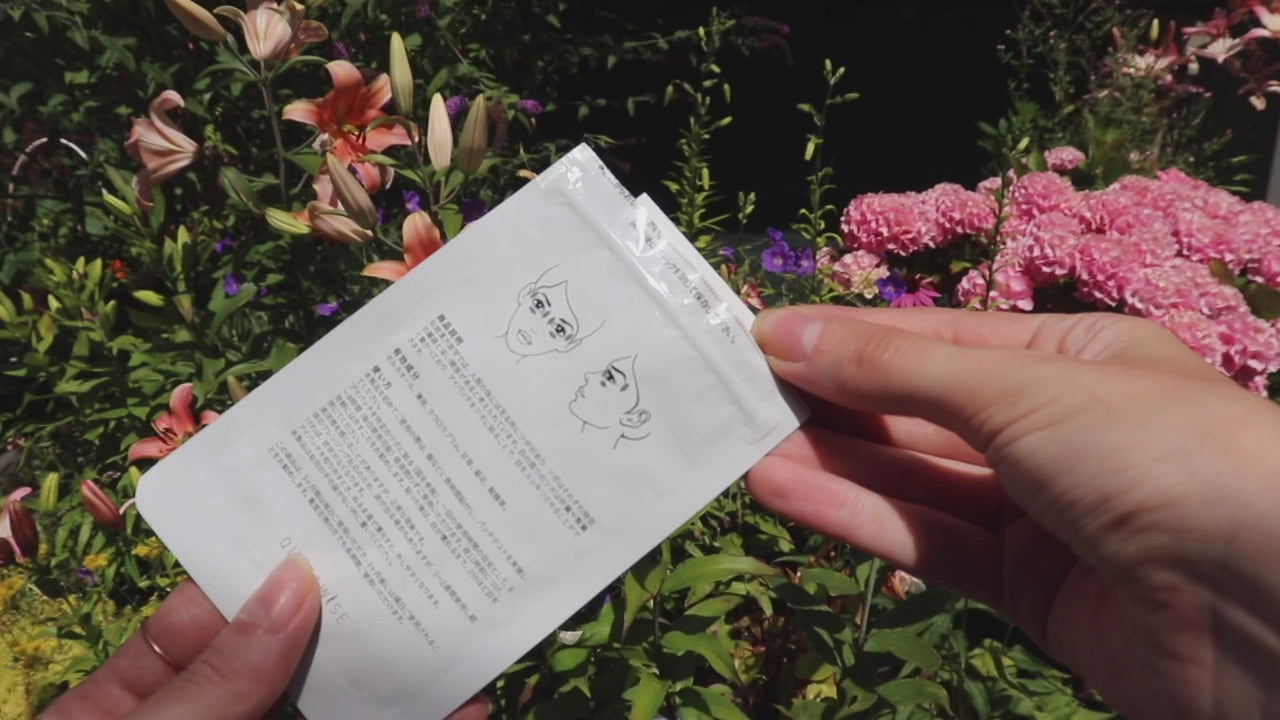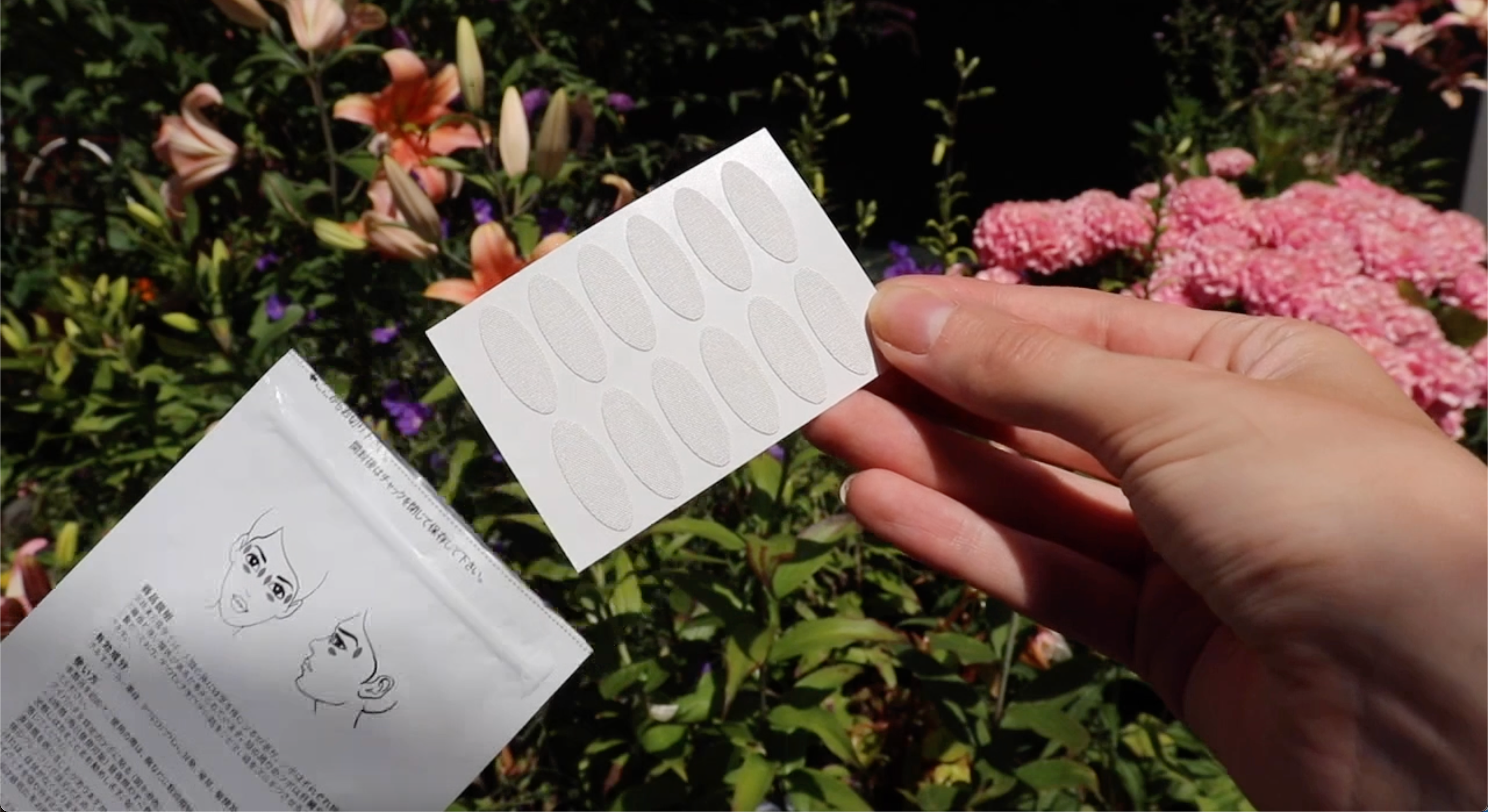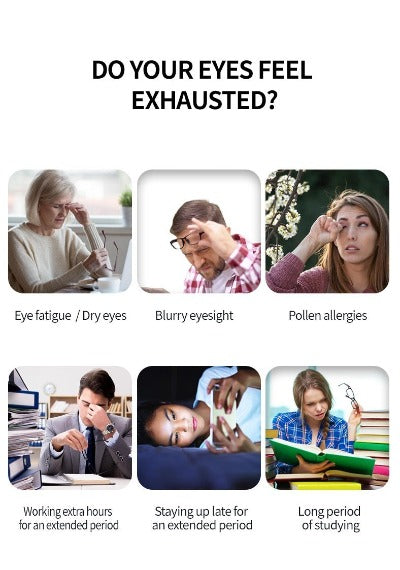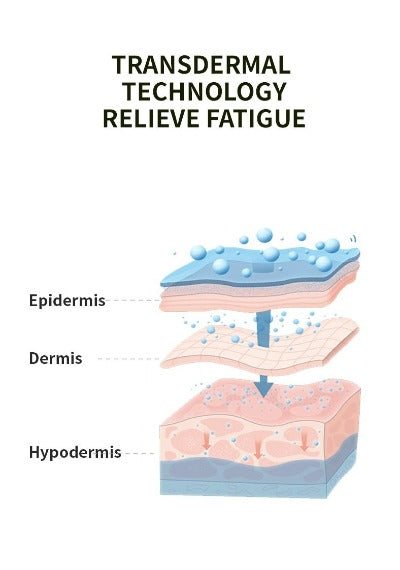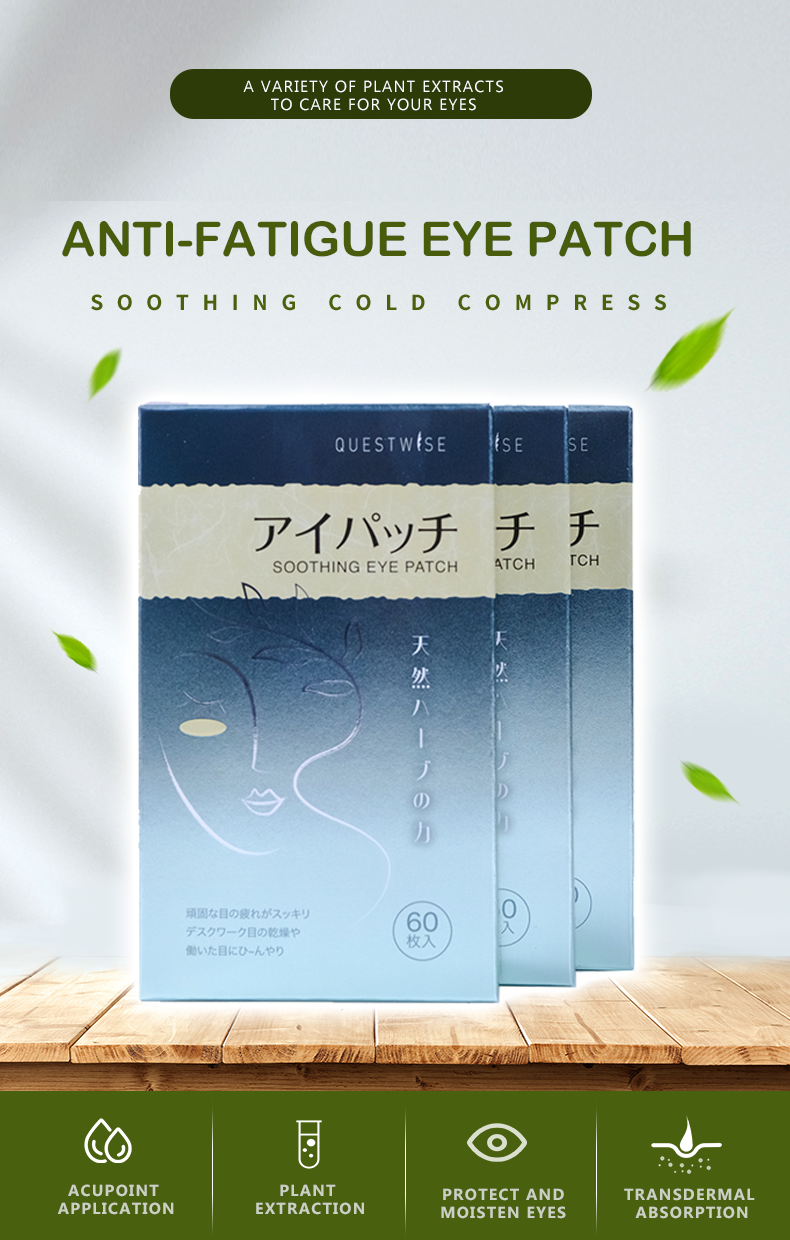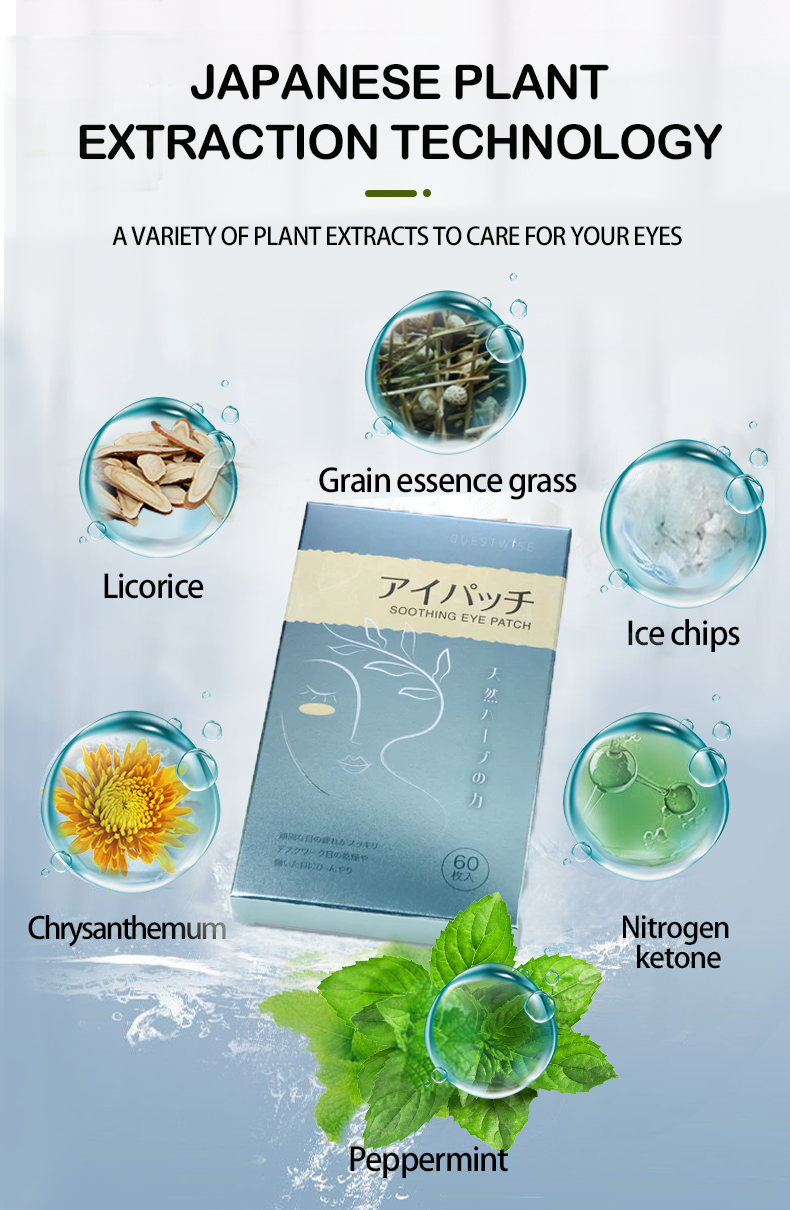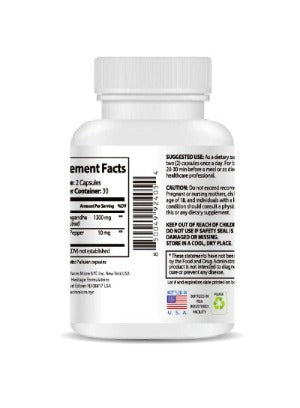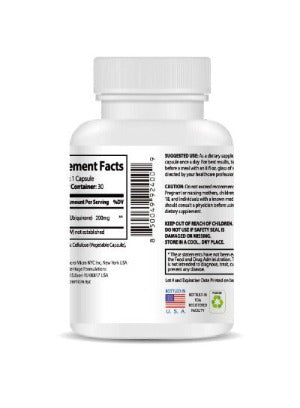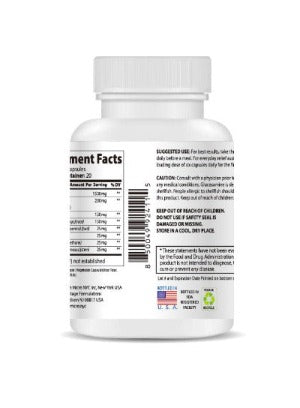High Eye Pressure Treatment Options You Need to Know
In today's fast-paced world, characterized by extended screen time and demanding lifestyles, many of us experience the often-overlooked yet significant issue of high eye pressure. While not always indicative of a serious condition, consistently elevated intraocular pressure can significantly impact your vision and overall well-being, potentially leading to serious complications if left unaddressed. Understanding the various treatment options available is the critical first step towards alleviating discomfort, safeguarding your eyesight, and maintaining optimal eye health. This comprehensive guide delves into the causes, symptoms, and treatment approaches for high eye pressure, equipping you with the knowledge to make informed decisions about your eye care.
Understanding High Eye Pressure: A Deeper Dive
High eye pressure, medically termed ocular hypertension, refers to the elevation of pressure within the eye's fluid-filled chambers. This pressure, measured in millimeters of mercury (mmHg), is crucial for maintaining the eye's shape and function. However, persistently high pressure can damage the optic nerve, the crucial pathway transmitting visual information from your eye to your brain. Damage to the optic nerve can lead to irreversible vision loss, often progressing gradually and unnoticed until significant impairment occurs. The insidious nature of this condition often leads to delayed diagnosis and treatment, underscoring the importance of regular eye exams.
The level of pressure that constitutes "high" varies from person to person; what may be considered high for one individual may be normal for another. This highlights the critical importance of regular comprehensive eye exams to establish individual baseline measurements and monitor changes over time. Early detection is key to preventing irreversible damage and preserving your vision.
Factors Contributing to High Eye Pressure
Several factors can contribute to the development of high eye pressure. These include:
- Genetics: A family history of glaucoma or high eye pressure significantly increases your risk.
- Age: The risk of high eye pressure increases with age, particularly after age 40.
- Race: Certain racial groups, including African Americans, have a higher prevalence of high eye pressure and glaucoma.
- Medical Conditions: Certain medical conditions, such as diabetes and hypertension, are associated with an increased risk of high eye pressure.
- Medications: Some medications, such as steroids, can elevate intraocular pressure.
- Eye Injuries: Trauma to the eye can sometimes result in increased intraocular pressure.
Symptoms of High Eye Pressure: Recognizing the Warning Signs
The early stages of high eye pressure are often asymptomatic, making regular eye exams crucial for early detection. However, as the pressure increases, various symptoms may manifest, including:
- Blurred Vision: A gradual or intermittent blurring of vision may be an early sign.
- Headaches: Persistent headaches, especially around the eyes or temples, can be indicative.
- Eye Pain: Severe eye pain, particularly accompanied by nausea and vomiting, warrants immediate medical attention.
- Redness of the Eye: Noticeable redness in the eye can be a symptom.
- Halos Around Lights: Seeing halos or rings around lights is a classic sign of elevated pressure.
- Reduced Peripheral Vision: Gradual loss of peripheral vision may indicate optic nerve damage.
- Difficulty Focusing: Problems with focusing, especially in low light conditions, can be a sign.
It's crucial to remember that the absence of symptoms doesn't rule out the presence of high eye pressure. Regular eye exams remain the gold standard for early detection and timely intervention.
Treatment Options for High Eye Pressure: A Comprehensive Overview
The approach to treating high eye pressure is individualized and depends on several factors: the severity of the pressure elevation, the presence of any underlying conditions, and your overall health. Treatment strategies range from conservative lifestyle modifications to medical interventions and, in some cases, surgical procedures.
1. Lifestyle Modifications: The Foundation of Eye Health
Before delving into medical interventions, adopting healthy lifestyle habits is crucial in managing and, in some cases, preventing high eye pressure. These changes can significantly contribute to maintaining optimal eye health and reducing intraocular pressure:
- Regular Exercise: Engaging in regular physical activity improves blood circulation, contributing to overall eye health. Aim for at least 30 minutes of moderate-intensity exercise most days of the week.
- Balanced Diet: A diet rich in antioxidants and omega-3 fatty acids can help protect the eyes from oxidative stress and inflammation. Include plenty of leafy green vegetables, fruits, and fish in your diet.
- Stress Reduction: Chronic stress can negatively impact various bodily functions, including eye health. Practice stress-management techniques such as yoga, meditation, or deep breathing exercises.
- Limit Screen Time: Prolonged screen time contributes to eye strain and can indirectly affect intraocular pressure. Take regular breaks and follow the 20-20-20 rule (look at an object 20 feet away for 20 seconds every 20 minutes).
- Maintain a Healthy Weight: Obesity is linked to various health issues, including eye diseases. Maintaining a healthy weight through a balanced diet and exercise is crucial.
2. Medical Interventions: When Lifestyle Changes Are Insufficient
When lifestyle modifications fail to adequately control high eye pressure, medical intervention may become necessary. This typically involves medications aimed at lowering intraocular pressure. Your ophthalmologist will determine the appropriate course of action based on your individual needs and condition.
- Eye Drops: These medications, prescribed by your ophthalmologist, work by reducing the production of aqueous humor (the fluid within the eye) or improving its drainage. Different types of eye drops exist, each with its own mechanism of action and potential side effects. Your doctor will guide you on the best option for your specific circumstances.
- Oral Medications: In certain cases, oral medications may be prescribed in conjunction with eye drops to further lower intraocular pressure. These are typically used in more severe cases or when eye drops alone are insufficient.
3. Alternative Therapies: Complementary Approaches to Eye Care
In addition to conventional medical treatments, certain alternative therapies may offer complementary support in managing eye discomfort and promoting relaxation. These therapies should always be used in conjunction with, and not as a replacement for, medical advice and treatment.
One promising option is the use of soothing eye patches. These patches can help alleviate dryness, redness, and fatigue. They are not a cure for high eye pressure, but they can provide comfort and support.
Soothe and Relieve with Wise Quest Soothing Eye Patches
For a gentle yet effective way to alleviate eye discomfort and promote relaxation, consider incorporating Wise Quest Soothing Eye Patches into your daily routine. These innovative patches harness the power of traditional Chinese herbal medicine to address various eye-related issues, including fatigue, dryness, astringency, redness, and swelling. Their unique formulation promotes healthy blood circulation, contributing to the relief of most eye discomfort and disease.

The Wise Quest Soothing Eye Patches offer a convenient and non-invasive method to combat eye strain and promote relaxation. The soothing action of these patches can be particularly beneficial after prolonged screen time or periods of intense visual focus. Regular use contributes to noticeable improvements in overall eye comfort and can complement other treatment strategies for high eye pressure. It's important to remember that while these patches offer soothing relief, they should not be considered a replacement for professional medical advice or treatment. They are a helpful addition to a comprehensive eye care routine.
4. Surgical Procedures: Addressing Advanced Cases
In advanced cases of high eye pressure where medical management proves inadequate, surgical intervention may be necessary. Various surgical techniques aim to either improve the drainage of aqueous humor or reduce its production. The choice of surgical procedure depends on individual factors and is determined by an ophthalmologist. These procedures should only be considered as a last resort after exhaustive exploration of other treatment options. Your ophthalmologist will discuss the risks and benefits of each procedure with you before making a decision.
The Importance of Regular Eye Exams
Regular comprehensive eye exams are essential for the early detection and management of high eye pressure. During these exams, your eye doctor will measure your intraocular pressure, assess the health of your optic nerve, and check for any other eye-related issues. The frequency of your eye exams will depend on your individual risk factors and overall eye health. Early detection and intervention are critical in preventing irreversible vision loss.
Conclusion: Prioritizing Eye Health
Maintaining healthy eye pressure is paramount for preserving your vision and overall well-being. This requires a proactive approach that involves regular comprehensive eye exams, lifestyle modifications, and appropriate medical interventions when needed. By understanding the various treatment options available, you can take an active role in managing high eye pressure and safeguarding your eyesight. Remember to consult your ophthalmologist or optometrist for personalized advice and to address any concerns related to your eye health. Combining lifestyle changes, potential medical interventions, and incorporating soothing therapies like Wise Quest Soothing Eye Patches into your routine, can contribute to long-term eye health and a significantly improved quality of life. Don't hesitate to seek professional help if you experience any symptoms or have concerns about your eye health. Early intervention is key to protecting your vision.



